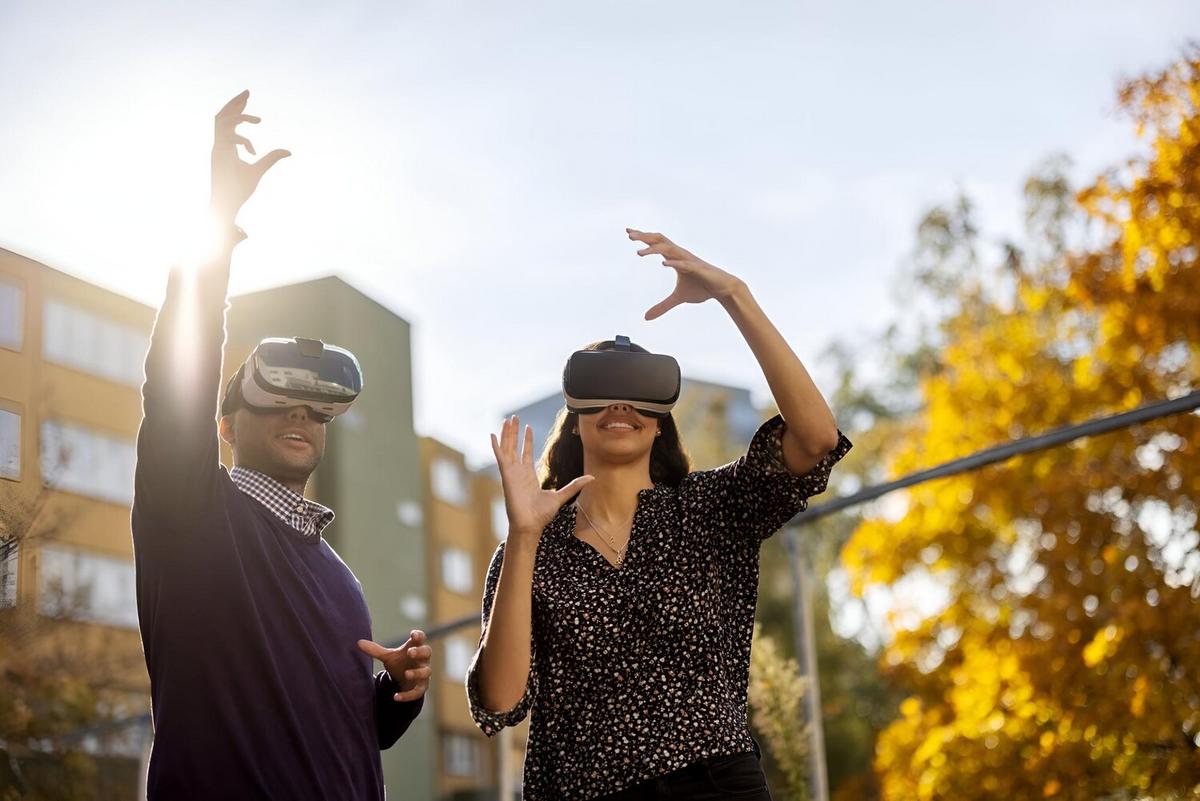
How AR is Impacting the Future of Tourism
Imagine standing in front of an ancient ruin and seeing it come to life with vibrant colors, historical figures, and informative displays all through your smartphone. This isn’t a scene from a sci-fi movie; it’s the exciting reality of how Augmented Reality (AR) is transforming tourism.
Augmented Reality is reshaping the tourism industry by enhancing visitor experiences and offering unprecedented access to information. This technology overlays digital information onto the real world, providing tourists with interactive and engaging ways to explore destinations.
Transforming Tourist Experiences
AR’s ability to provide immersive experiences is well-regarded among experts. According to a report by Statista, the AR market is expected to reach $198 billion by 2025, a testament to its growing influence. Tourism is one of the sectors reaping significant benefits from this growth.
Expert Insights
“AR is changing the way we experience travel by making it more interactive and informative,” says Dr. Emily Chen, a noted expert in digital tourism strategies. “It’s not just about seeing a place; it’s about experiencing the story behind it.”
Real-World Applications
Consider visiting a historic battlefield. With AR, you can witness a digital reenactment of historical events, complete with sound effects and narratives. This enriched experience goes beyond traditional guidebooks or plaques.
Statistics & Research
Recent studies indicate that AR can increase visitor engagement by up to 70%, making it a powerful tool for tourism boards and operators looking to enhance their offerings.
Practical Tips for Travelers
- Download AR apps relevant to your destination before your trip to ensure you have access to offline content.
- Invest in portable chargers to keep your devices powered throughout your explorations.
- Take advantage of AR-enabled guided tours for a more interactive experience.
AR in Action: A Personal Story
During a recent trip to Paris, I used an AR app to explore the hidden stories behind the art in the Louvre. From seeing the Mona Lisa in its original setting to learning about the artist’s techniques, the experience was both educational and entertaining.
Comparing Traditional vs. AR Tourism
| Aspect | Traditional Tourism | AR Tourism |
|---|---|---|
| Information Access | Guidebooks, plaques | Interactive displays, animations |
| Engagement | Passive | Interactive |
| Learning | Reading, listening | Experiencing, exploring |
| Customization | Limited | High |
| Convenience | Carrying books/maps | Smartphone apps |
| Cost | Variable | App-based |
| Memorability | Moderate | High |
| Accessibility | Physical presence required | Remote exploration possible |
FAQs About AR in Tourism
How does AR enhance the tourist experience?
AR provides interactive and immersive experiences by overlaying digital content onto real-world environments, making explorations more engaging.
Is AR technology expensive?
While initial development can be costly, many AR apps are free or low-cost for users, offering affordable enhancements to travel experiences.
What equipment do I need for AR tourism?
A smartphone or tablet with AR capabilities is typically sufficient. For more advanced experiences, AR glasses may be used.
Can AR be used in remote locations?
Yes, AR can provide virtual tours and experiences, making it possible to explore locations remotely.
Conclusion
As AR technology continues to evolve, its impact on tourism will only grow. By providing engaging, informative, and personalized experiences, AR is set to redefine how we explore the world. Whether you’re a seasoned traveler or planning your first trip, incorporating AR into your journey offers a fresh perspective and a deeper connection to your destinations.